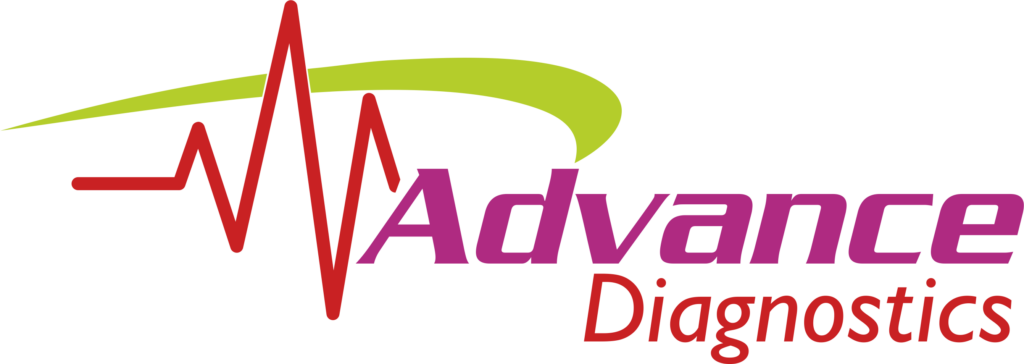What is a Lipid Profile Test?
A lipid profile test is a blood test designed to measure various types of fats in your blood.
It provides critical insights into your heart health by evaluating:
- Total Cholesterol: This measures the overall cholesterol in your blood.
- Low-density lipoprotein (LDL) Cholesterol: It is often called “bad” cholesterol. High levels of LDL can lead to heart disease by building up in your arteries.
- High-density lipoprotein (HDL) Cholesterol: Known as “good” cholesterol, it helps remove LDL cholesterol from your blood, reducing heart disease risk.
- Triglycerides: A type of fat in your blood that can also raise heart disease risk if levels are high.
.Why is the Lipid Profile Test Important?
The lipid profile test is critical for several reasons:
Assessing Heart Disease Risk: It helps identify high levels of LDL or triglycerides associated with an increased risk of heart disease and stroke.
Tracking Treatment Effectiveness: This test tracks the effectiveness of interventions, such as lifestyle changes or medications, in managing high cholesterol during your treatment.
Guiding Lifestyle Changes: Your lipid levels inform recommendations for dietary adjustments, physical activity, and other lifestyle changes to improve heart health.
How to Prepare for the Test?
Proper preparation can ensure accurate results:
- Fasting: Generally, you need to fast for 9-12 hours before the test, consuming only water. This fasting period helps get a clear picture of your cholesterol and triglyceride levels.
- Medications: Inform your doctor about any medicines you take, as some can influence your test results.
- Timing: To provide the most accurate measurements, the test is typically conducted in the morning after an overnight fast.
What Happens During the Test?
The procedure for a lipid profile test is straightforward:
Blood Draw: A nurse or lab technician will obtain a small blood sample from a vein in your arm, The process is quick and generally involves minimal discomfort.
Results: Results typically become available within a few days. Your doctor will discuss them with you, interpret their significance, and advise on any necessary follow-up actions.
How Do I Understand My Test Results?
Interpreting your results is crucial for managing your heart health:
- Total Cholesterol: Ideally, it should be less than 200 mg/Dl.
- LDL Cholesterol: It Should be below 100 mg/Dl for optimal heart health.
- HDL Cholesterol: Higher levels are better, with a target of 60 mg/Dl or more being ideal.
- Triglycerides: It Should be < 150 mg/Dl to minimize heart disease risk.
What to Do Based on Your Results?
Based on your results, your doctor might advise:
- Diet Changes: Eat more fruits, vegetables, and whole grains and reduce saturated and trans fats.
- Exercise: Increase physical activity to help manage cholesterol and triglyceride levels.
- Medications: If needed, your doctor might prescribe medications to help control your cholesterol levels.
In summary, a lipid profile test is valuable for assessing and managing your heart health. By interpreting your results and adhering to your doctor’s advice, you can take proactive measures to lower your risk of heart disease and improve your overall cardiovascular health. Consult your doctor for personalized advice and guidance if you have any concerns or questions about your test.



